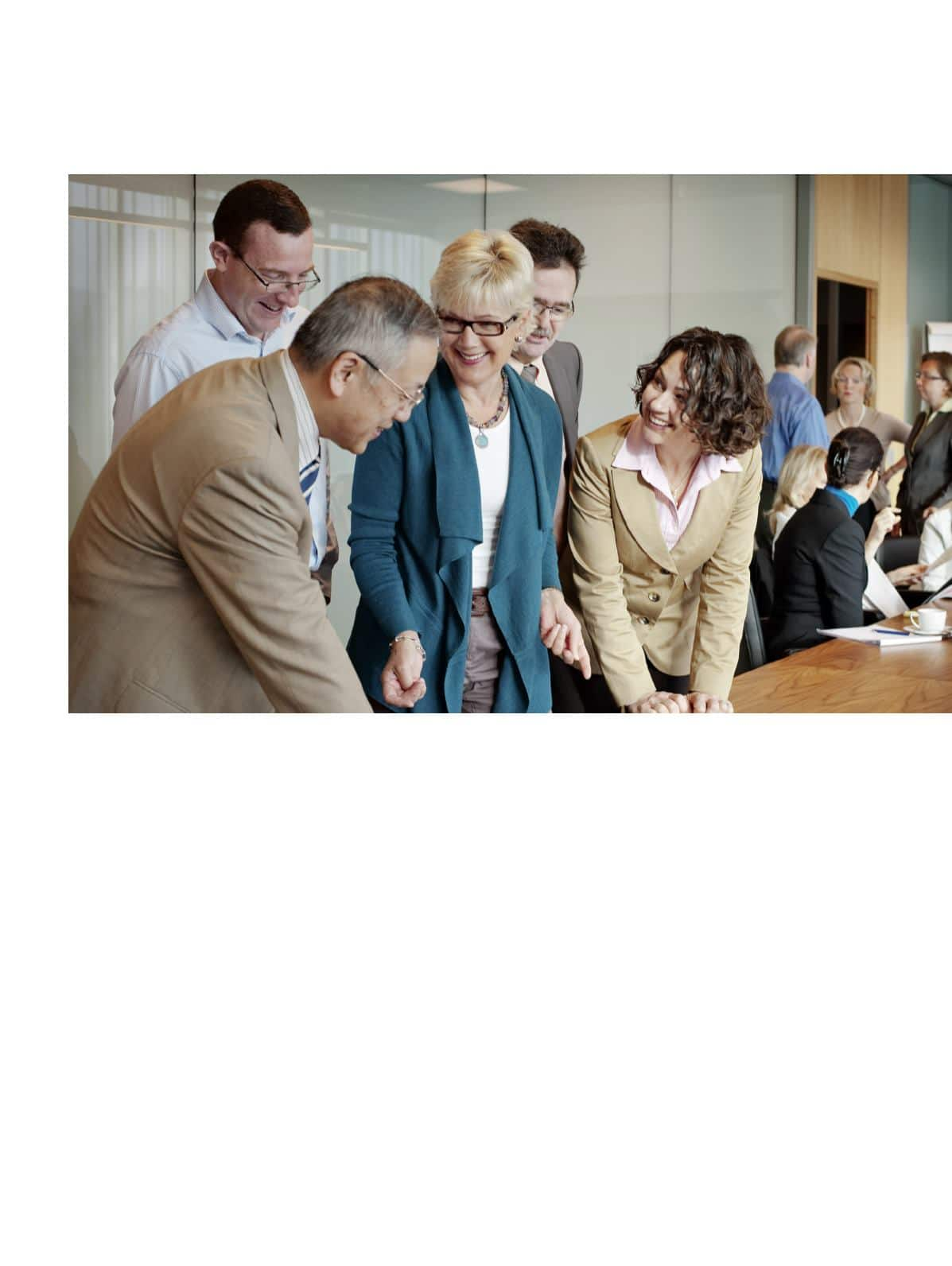

17
PEOPLE FLOW |
Open dialogue is essential and people
need feedback on a daily basis, says
Kerttu Tuomas (center).
“formal milestones”. The best leaders
provide coaching and feedback as a
continuous process, on a daily basis.
KONE also uses other formal tools for
gauging engagement levels.
“We look at our attrition rate, our
absenteeism and the engagement
ratings we receive. We are performing
well on all scales. Many of our employ-
ees have stayed with us for decades.”
KONE’s most informative measure of
employee engagement and well-being is
the Pulse survey. Launched in 2004, this
aptly named survey is an annual “pulse
check” measuring how satisfied em-
ployees are with KONE as a workplace.
Respondents are invited to offer their
input for various issues such as strategy,
leadership and values. The results are
then analyzed and used as a basis for
team-level improvement targets.
“The response rate itself is very re-
vealing. It has gone up steadily from
year to year, showing that our employ-
ees sincerely feel that we listen to them
and their opinions count. We have
achieved consistently good results on
the employee engagement index, but
we certainly aim to keep improving.”
LOST IN TRANSLATION?
What about the culture gap – is it dif-
ficult to bridge when you’re working
across so many geographical territories?
“Not really,” replies Tuomas. “Leader-
ship practices vary slightly in different
countries. Scandinavia, for instance, is
less hierarchical, but cultural differences
are often overemphasized. The same
themes are valid everywhere.”
KONE’s engagement practices are
identical worldwide, yet customized
locally. The Supervisor Development
Program, for example, is always adapted
for local relevance.
“Obviously you can’t take a Finnish
example and use it to illustrate a point
in China. You ‘translate’ it into Chinese.”
Whatever the cultural context, the
secret to a happier, engaged workforce
is uniformly simple, as Tuomas reveals:
“Pause often enough to ask two key
questions: What do your people want?
What is important to them?”
And, most importantly, listen to what
they answer.
•



















